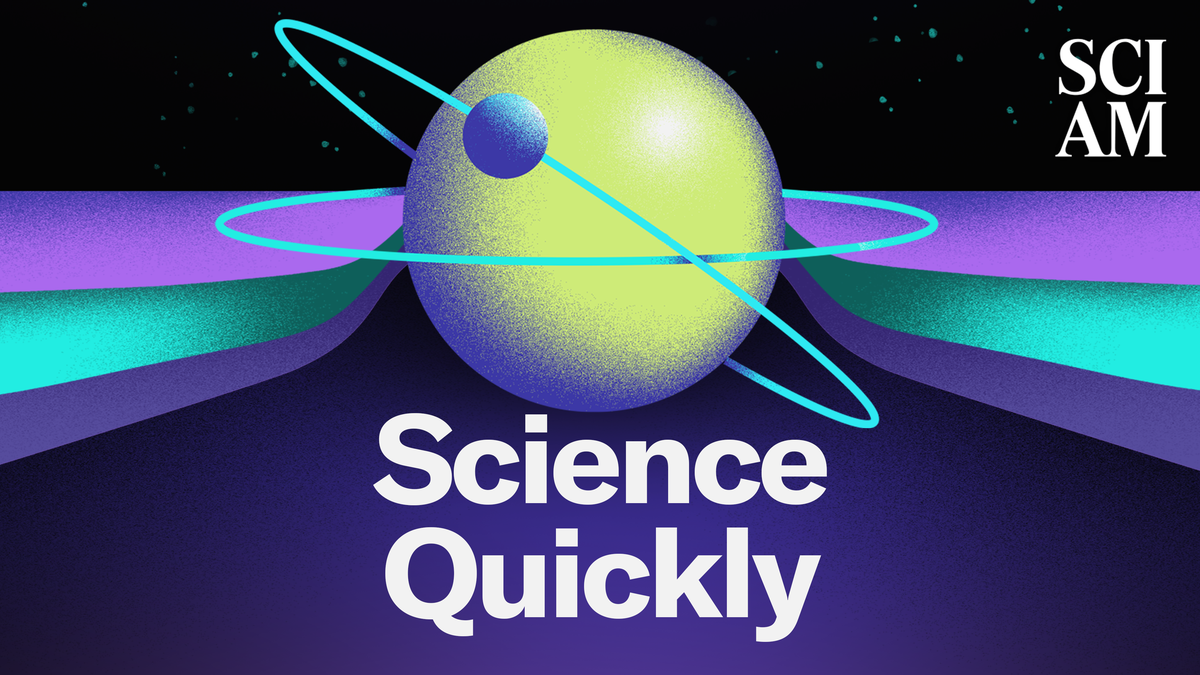
"The black hole Sagittarius A* at our galaxy's center is constantly emitting light flares, showcasing erratic bursts of activity without settling into a stable state."
"NASA reported that the asteroid 2024 YR4 had a 3% chance of impacting Earth in 2032, the highest probability ever recorded for its size."
NASA has updated the probability of asteroid 2024 YR4 impacting Earth in 2032 from a concerning 3% to a more reassuring 1.5%. This change reflects the inherent uncertainty in tracking such celestial objects. On a different note, the James Webb Space Telescope has revealed that Sagittarius A*, the Milky Way's central black hole, is continuously active, emitting variable light flares from its surrounding accretion disk. This activity suggests a cosmic environment that is perpetually unstable and dynamic, providing new insights into black hole behavior.
Read at www.scientificamerican.com
Unable to calculate read time
Collection
[
|
...
]